Buy or gift a stand-alone digital subscription and get unlimited access to dozens of back issues for just £18.99 / $18.99 a year.
Please register at www.exacteditions.com/digital/cornucopia with your subscriber account number or contact subscriptions@cornucopia.net
Buy a digital subscription Go to the Digital EditionByzantine Istanbul is elusive; much of its past lies buried. But, says Robert Ousterhout, the visitor can piece together a vivid if impressionistic picture of the city by exploring its glorious surviving churches, its monasteries and monuments, and by examining its wealth of archaeological treasures. Photographs by Fritz von der Schulenburg
While Istanbul has witnessed all sorts of salvage archaeology in the past century, there has been virtually no urban archaeology – that is, rigorous excavation to determine the basic features of the city, such as the street system, public spaces and housing, all of which remain poorly understood. Our view of the Byzantine city is consequently limited to discrete churches devoid of context, which present at best a distilled essence of the city’s historic greatness. For most of us, Constantinople seems more a concept than a reality. We have lots of isolated monuments, and even more broken bits, but we lack the big picture – so in a form of synecdoche, we know the city through its parts.
How then to envisage the big picture of Constantinople? Start with the churches. Nothing can replace the experience of Ayasofya’s (Haghia Sophia’s) immense spaciousness (page 148) or the intimate, jewellery-box quality of the Church of the Chora (which became the Kariye Camii and is now a museum, page 154). These two churches represent the yin and yang of Byzantine art and architecture. In spite of the ups and downs of scaffolding (finally down last year, up again this year), Ayasofya remains justifiably the most popular museum in the city, and an engineering achievement without rival.
In contrast, the Kariye is as intimate as the Ayasofya is grand. Its mosaics and frescoes still enchant with their odd combination of intellectual rigour and aesthetic refinement. Few images can rival the dramatic Angel of the Lord Rolling up the Scroll of Heaven at the End of Time in the funerary chapel.
But don’t stop there – visit some of the B-list churches as well, all of which survived as mosques. Ayasofya’s immediate predecessor, the church of Sts Sergius and Bacchus, now Küçük (Little) Ayasofya (page 160), is as spatially sophisticated as its namesake, with a dome half its diameter. Although it preserves no mosaics, its architectural sculpture is stunning, its geometry complex. Similarly, the funerary chapel at the monastery of the Theotokos Pammakaristos (Fethiye Camii, page 168) is the immediate predecessor of the Kariye’s, with colourful brick and stone ornamentation on its exterior and animated mosaics in its diminutive interior. Much is missing, but the visages of craggy, bearded monks crowded into the corners make it worth the visit. Painstakingly excavated from 1966 to 1978, the Theotokos Kyriotissa (Kalenderhane Camii, page 164) preserves a fine array of marbles in its spacious interior.
Not interested in churches? Recent research on the water system has shed new light on daily life in Constantinople. While less glamorous than a decorated church, the arcaded Aqueduct of Valens – after the Roman Emperor Valens – is impressive, representing a fraction of the 592-kilometre system of channels that brought water into the city (page 84). Once inside the walls, water was stored in dozens of cisterns, many built into the substructures of major buildings. The Basilica Cistern (Yerebatan Sarayı, page 66), across the street from Ayasofya, once supported the courts of law, now vanished. Tourists stare at the forest of damp, drippy, mismatched columns and ponder how the marble head of Medusa came to be stuck upside down in a far corner, but none of this was ever here for show; the marbles are simply remnants of the monumental public buildings upstairs.
The other introductory synecdoche I recommend is the excellent Istanbul Through the Ages display in the Archaeological Museum. Try this approach: first examine the evocative broken bits on show, paying close attention to the information on the wall labels, then track down the findspot. Let the art lead you into the city.
for Professor Ousterhout’s 40 page guide to Istanbul’s Byzantine artifacts, churches, buildings and monuments.
Deep in the industrial outskirts of Istanbul, Griselda Warr enters an Aladdin’s cave of Anatolian treasures. Photographs by Fritz von der Schulenburg
AyşeDeniz Gökçin’s musical creations combine the rock-star appeal of Franz Liszt and the psychedelic/progressive brilliance of the band Pink Floyd. Tony Barrell found this prodigiously talented young pianist a force to be reckoned with. Photograph by Charles Hopkinson
John Carswell solves the mystery of the ‘lemon squeezer’ that wasn’t
In a decade of monitoring Turkey’s burgeoning wine industry, Kevin Gould has never been more impressed. He and the Cornucopia tasting team enthusiastically sampled this year’s top bottles and nominated their favourites
It is a joy to explore. New universities, a new museum, and a growing band of new aficionados who have invested modest means in old houses, have created a wonderful sense of optimism. But the ancient waterfront is in the eye of the storm, with many quarters due to be bulldozed and the threat of a hideous new marina. Enjoy it while you can
Hidden away in one of Istanbul’s least prepossessing neighbourhoods is a walled garden surrounding a dream of a kiosk – a favourite of many sultans.
Give yourself over to the grit and bustle of Eminönü’s waterside markets, then ascend to Sinan’s sublime hilltop mosques – the awesome Süleymaniye and the haunting Şehzade. In their shadow is the exuberantly tiles Rüstem Pasha Mosque. Cornucopia devotes 24 pages to this vibrant area, with features on Eminönü and the Suleymaniye district with photographs by Jürgen Frank, and a guide to the mosques beautifully depicted by Fritz von der Schulenburg
Within the deepest reaches of the palace lies the very seat of the sultans’ power
The Grand Bazaar: From Iznik to Armani, objets d’art to handloomed carpets: the choice is yours
When David Wheeler set out to satisfy his craving to explore Turkish gardens, he was guided by a diverse cast of committed Istanbul citizens. What he discovered were myriad horticultural havens, from Byzantine market gardens to Ottoman cemeteries – many of them under imminent threat.
SPECIAL OFFER: order five beautiful garden-themed issues, including this one, for only £80. List price £122
In his 40-year career, Sinan (1489–1588) transformed the Istanbul skyline. Here we explore three of the chief imperial architect’s masterpieces from the golden age of Süleyman the Magnificent. Photographs by Fritz von der Schulenburg
Justinian’s soaring edifice inspires the same awe today as it did in visitors a millennium ago who wondered if this were Heaven or Earth. Setting out on a tour of the city’s best-preserved Byzantine churches, Robert Ousterhout still senses an air of the miraculous in Ayasofya
The long-awaited Naval Museum has many wonders to reveal, but nothing to compare with the fabulously ornate imperial barges
From a trusty staple to the stuff of feasts, beans are at the very heart of Turkish cuisine. How did we ever live without them?
Take in the Topkapı, where the sultans held sway in secluded grandeur. Saunter round Sultanahmet and the Hippodrome: make the most of the mosques, monuments and museums. Get the buzz of the bazaar: where to snap up covetable collectables and cheerful bargains
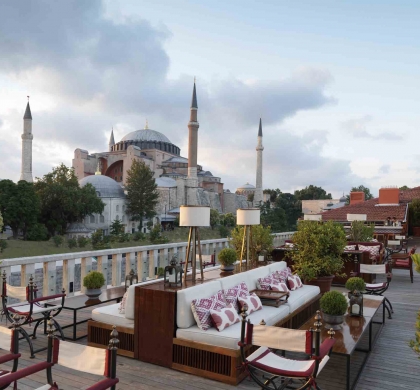
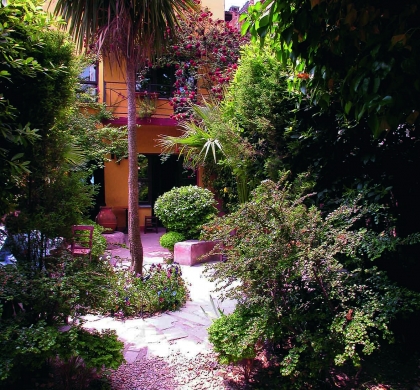
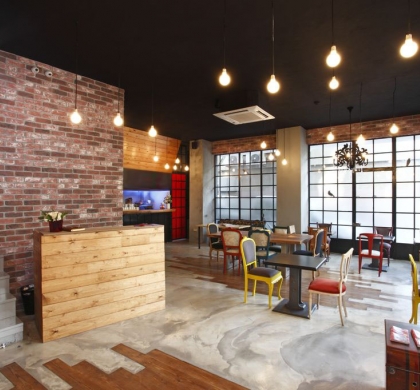
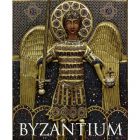
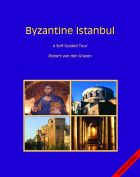
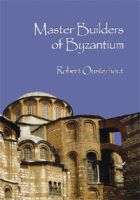
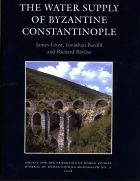
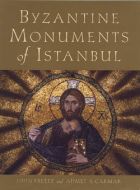
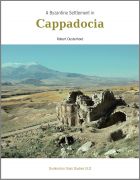


Cornucopia works in partnership with the digital publishing platform Exact Editions to offer individual and institutional subscribers unlimited access to a searchable archive of fascinating back issues and every newly published issue. The digital edition of Cornucopia is available cross-platform on web, iOS and Android and offers a comprehensive search function, allowing the title’s cultural content to be delved into at the touch of a button.
Digital Subscription: £18.99 / $18.99 (1 year)
Subscribe now